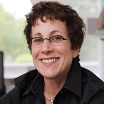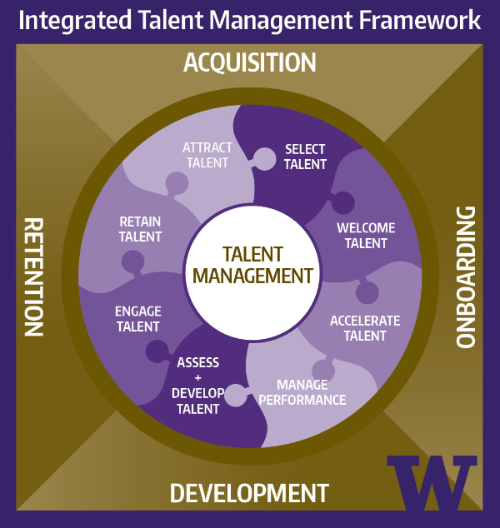
Supporting Talent Management Through Succession Planning
Mindy Kornberg, JD
Vice President, UW Human Resources
This fall I have partnered with POD’s Executive Director Ujima Donalson and Assistant Vice President for Campus HR Operations Erin Rice in meeting with organizational leaders to talk about the new Succession Planning Toolkit created by UWHR and efforts to ensure that talent is in place for the future. In addition, POD has conducted two workshops for administrators and other leaders to walk them through the toolkit and the larger talent management process.
This focus on succession planning reflects UWHR’s commitment to support sound workplace practices, provide employees with opportunities, and ensure that the University of Washington’s reputation as an employer parallels its reputation as a word-class university. Succession planning is also a timely pursuit given the stiff competition in the local job market.
Succession planning is only one of a myriad of crucial activities. Ideally, leaders are working within the big picture of the entire talent management process, which involves acquiring, onboarding, developing, and retaining talent, as shown below. In this integrated talent management framework, the pieces are interconnected; removing any one of these components would render the talent management process incomplete. Succession planning isn’t a discrete component but rather an ongoing strategic pursuit that threads through the pieces at various points—especially in the areas of development and retention—and strengthens the whole.

For leaders, talent management is rarely linear or compartmentalized. We regularly consider current and anticipated needs in light of what is actually happening or expected to happen—a star employee resigns, a large grant is received, a new initiative is prioritized. Although each part of the talent management process is integral, we may focus on particular components when faced with gaps, when needs or challenges arise, or when planning for our desired or anticipated future state. It’s not a buffet that we pick and choose from on a whim but rather an ever-changing puzzle with core components that make it all hang together and, ultimately, create a logical picture.
UWHR has functions to support each part of the talent management process, from working with employment specialists to attract and screen talent, to onboarding assistance through the online ONE UW orientation, the in-person New Employee Orientation workshop, and the Onboarding Toolkit. This continues with folks in Compensation helping to retain talent through, for instance, in-grade salary increases, and with the professional development opportunities and consulting services offered through POD. Until now, however, we have not had a formal effort around succession planning.
What I’ve really appreciated about our conversations with organizational leaders is gaining more insight into what departments are doing right now as well as what they aspire to do. This in turn will help better position UWHR to provide timely and relevant support to departments and be the best possible partner to leaders across the University. One organization we met with had just finished a round of strategic planning and had come away with a goal to identify future leaders. We introduced them to the Succession Planning Toolkit and anticipate using it will cut their work in that area in half. I hope other organizations will realize similar benefits and efficiencies from this tool.
I’m looking forward to having more fruitful conversations around succession planning and talent management with organizational leaders this fall. It’s important for all of us to get out of “now” and think about the future and about leaving a legacy. Succession planning is central to ensuring that the good work we’re doing will continue, and I’d encourage you to spend some time on our website reviewing the Succession Planning Toolkit and talent management resources we’ve created for you.


